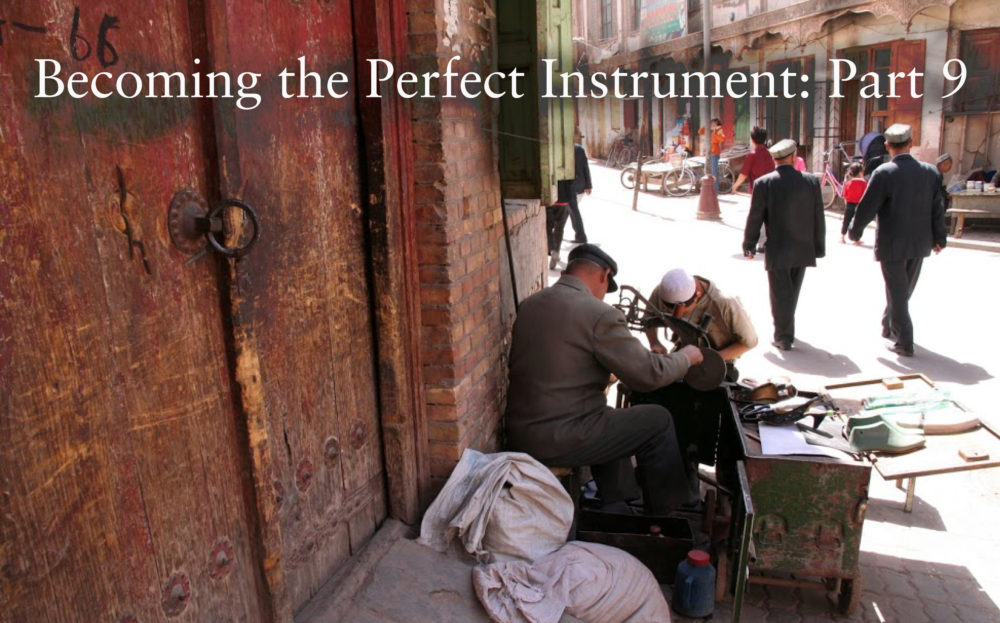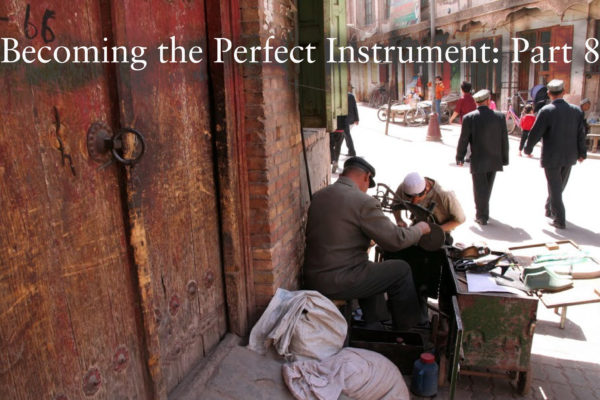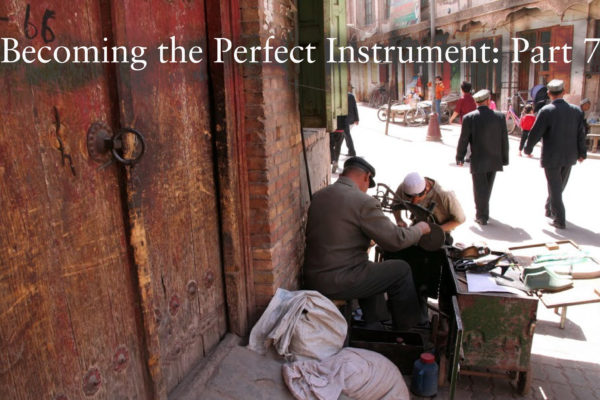
The differences between those who achieve greatly and their peers are evident at both the longest and the shortest time horizons. The length of one’s horizon shapes the magnitude of the aspirations toward which one can effectively reach. The quality of one’s ability to see, choose and act in the finest demarcations of the moment at hand differentiates the master from the journeyman.
Josh Waitzkin, famous as the subject of the book and movie Searching for Bobby Fischer, became an International Master in chess by the age of 16, and then mastered the martial art of T’ai chi ch’uan and became the first American to win the world championship in that sport. Waitzkin describes vividly how deeper mastery slows time down, enabling one to compress the insights and actions required to have a decisive effect into the smallest spans of time:
Ahmed and I were in the swirl of free-training, moving fast. I was on my feet, then I was head over heels and on my back before my brain knew what to make of the situation. I hadn’t been blindsided like this in quite some time. I immediately asked Ahmed to break down the throw for me and soon enough I saw that the blur involved five or six steps, the foundation of which was a Brazilian Jiu Jitsu sweep I had not really understood. I decided that this was a throw I wanted to cultivate at a very high level. I figured that if it could catch me, it would catch other people. So I started practicing. First I worked on each step slowly, over and over, refining my timing and precision. Then I put the whole thing together, repeating the movements hundreds, eventually thousands of times.
Today, this throw is my bread and butter. In time, each step of the technique has expanded in my mind in more and more detail. The slightest variations in the way my opponent responds to my first push will lead to numerous options in the way I will trigger into the throw. My pull on his right wrist will involve twenty or thirty subtle details with which I will vary my action based on his nuanced microresponses. As I sit back on the ground and trip his right foot, my perception of the moment might involve thirty or forty variations.
Recall that I initially experienced the whole throw as a blur, too fast to decipher, and now we are talking about a tiny portion of the throw involving many distinct moments. When it felt like a blur, my conscious mind was trying to make sense of unfamiliar terrain. Now my unconscious navigates a huge network of subtly programmed technical information, and my conscious mind is free to focus on certain essential details that, because of their simplicity, I can see with tremendous precision, as if the blink in my opponent’s eyes takes many seconds.
The key to this process is understanding that the conscious mind, for all its magnificence, can only take in and work with a certain limited amount of information in a unit of time – envision that capacity as one page on your computer screen. If it is presented with a large amount of information, then the font will have to be very small in order to fit it all on the page. You will not be able to see the details of the letters. But if that same tool (the conscious mind) is used for a much smaller amount of information in the same amount of time, then we can see every detail of each letter. Now time feels slowed down.
Another way of understanding this difference in perception is with the analogy of a camera. With practice I am making networks of chunks and paving more and more neural pathways, which effectively takes huge piles of data and throws it over to my high-speed processor – the unconscious. Now my conscious mind, focusing on less, seems to rev up its shutter speed from, say, four frames per second to 300 or 400 frames per second. The key is to understand that my trained mind is not necessary working much faster than an untrained mind – it is simply working more effectively, which means that my conscious mind has less to deal with. Experientially, because I am looking at less, there are, within the same unit of time, hundreds of frames in my mind, and maybe only a few for my opponent (whose conscious mind is bogged down with much more data that has not yet been internalized as unconsciously accessible). I can now operate in all those frames that he doesn’t even see….
…. Does this type of trained enhanced perception come from the same place as those wild moments in life when time slows down in the middle of a car crash, or, in my case, when my hand shattered in the ring? The answer is yes and no. The similarity is that a life-or-death scenario kicks the human mind into a very narrow area of focus. Time feels slowed down because we instinctively zero in on a tiny amount of critical information that our processor can then break down as if it is in a huge font. The trained version of this state of mind shares that tiny area of conscious focus. The difference is that, in our disciplines of choice, we cultivate this experience buy converting all the other surrounding information into unconsciously integrated data instead of ignoring it. [1]
[1] Josh Waitzkin, The Art of Learning, from Chapter 13: Slowing Down Time
See the previous post in this series: Time is the Medium in Which We Sculpt Achievement



